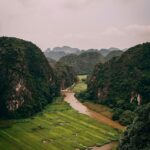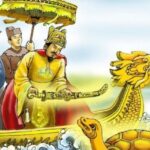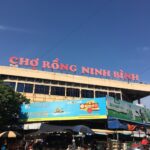In the Ninh Binh province, once the capital of Vietnam, lies a historical monument steeped in cultural and spiritual significance – the mausoleum of King Dinh Tien Hoang on Ma Yen Mountain. Every year, thousands of visitors are drawn to this site, not only to marvel at the majestic natural scenery but also to immerse themselves in the stories of the talented king who played a pivotal role in unifying Dai Co Viet.
The Great Achievements of a Talented King
Dinh Tien Hoang, born Dinh Bo Linh, is regarded as one of the most important historical figures in the early period of Vietnam’s independence and self-rule. Hailing from a family with a martial arts tradition, Dinh Bo Linh demonstrated unwavering determination and grand aspirations from a young age. Amidst a fragmented nation with 12 warlords vying for power, he swiftly united forces and built a formidable army to defeat the separatist powers. In 968, after his victory, Dinh Tien Hoang ascended the throne, founding the Dinh Dynasty.
King Dinh Tien Hoang is credited as the first ruler in Vietnamese history to establish a centralized feudal state with a well-organized apparatus. This marked a pivotal turning point, laying the foundation for the formation and development of a centralized political regime in subsequent dynasties.
This achievement is evident not only in the establishment of a stringent legal system but also in the cultivation of diplomatic relations with neighboring countries, such as the Song Dynasty, solidifying Dai Co Viet’s position on the world map.
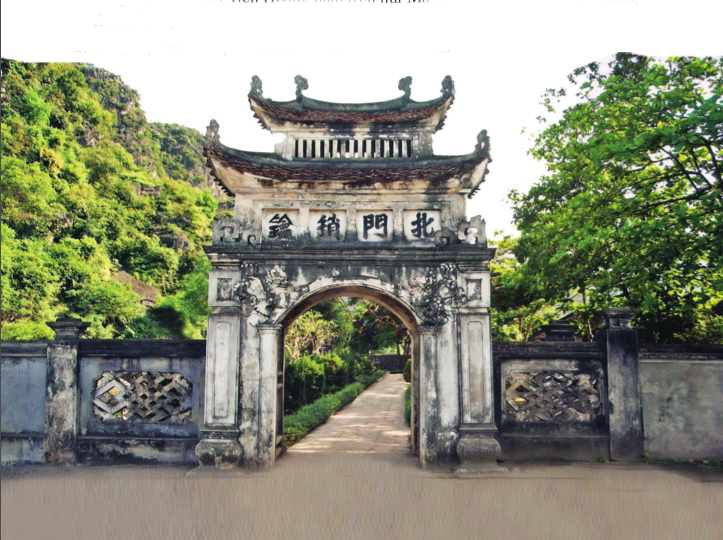
The Mysterious Tomb and Its Legends
When it comes to the mausoleum of King Dinh Tien Hoang, people think not only of a historical site but also of a place shrouded in unsolved legends. According to historical records, the tomb was constructed at the peak of Ma Yen Mountain, a site blessed with auspicious feng shui, resembling a horse in shape. However, no one can definitively confirm that this is the final resting place of the talented king.
One of the most prevalent legends surrounding the king’s tomb is the tale of 99 fake coffins buried across Hoa Lu mountain range. It is believed that court officials, fearing betrayal or retribution from the defeated warlords, decided to keep the true burial site of the king a secret. These theories only add to the mystique surrounding the mausoleum, leaving people curious about the truths behind these historical stories.
Today, the mausoleum of King Dinh Tien Hoang holds not just historical significance but also serves as an important cultural and spiritual symbol. It is a pilgrimage site for visitors from far and wide and a space that embodies reverence for the king who laid the foundation for the first centralized feudal state in Vietnamese history. The enigmatic tales surrounding the mausoleum not only enrich the understanding of Vietnam’s history but also inspire the preservation of this heritage for future generations.
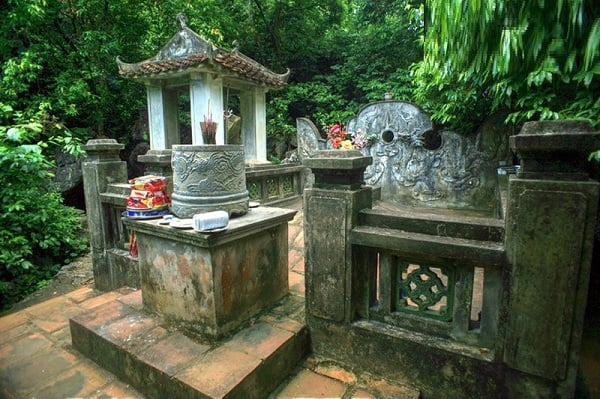
A Journey of Discovery
Today, the mausoleum of King Dinh Tien Hoang on Ma Yen Mountain stands as a must-visit destination in the exploration of the ancient capital of Hoa Lu. Visitors are not only treated to the ancient architecture of the mausoleum but also embark on a challenging journey climbing over 200 stone steps to the peak of Ma Yen. From this vantage point, one can behold the breathtaking panorama of Hoa Lu with its verdant rice fields and the meandering Huang Long River.
“This is not just a historical trip but also a spiritual journey,” shared Nguyen Thi Mai, a visitor from Hanoi. For many, the mausoleum of King Dinh Tien Hoang is not merely a historical landmark but a place to connect with their ancestral roots and pay homage to the king who contributed to the development of the nation.
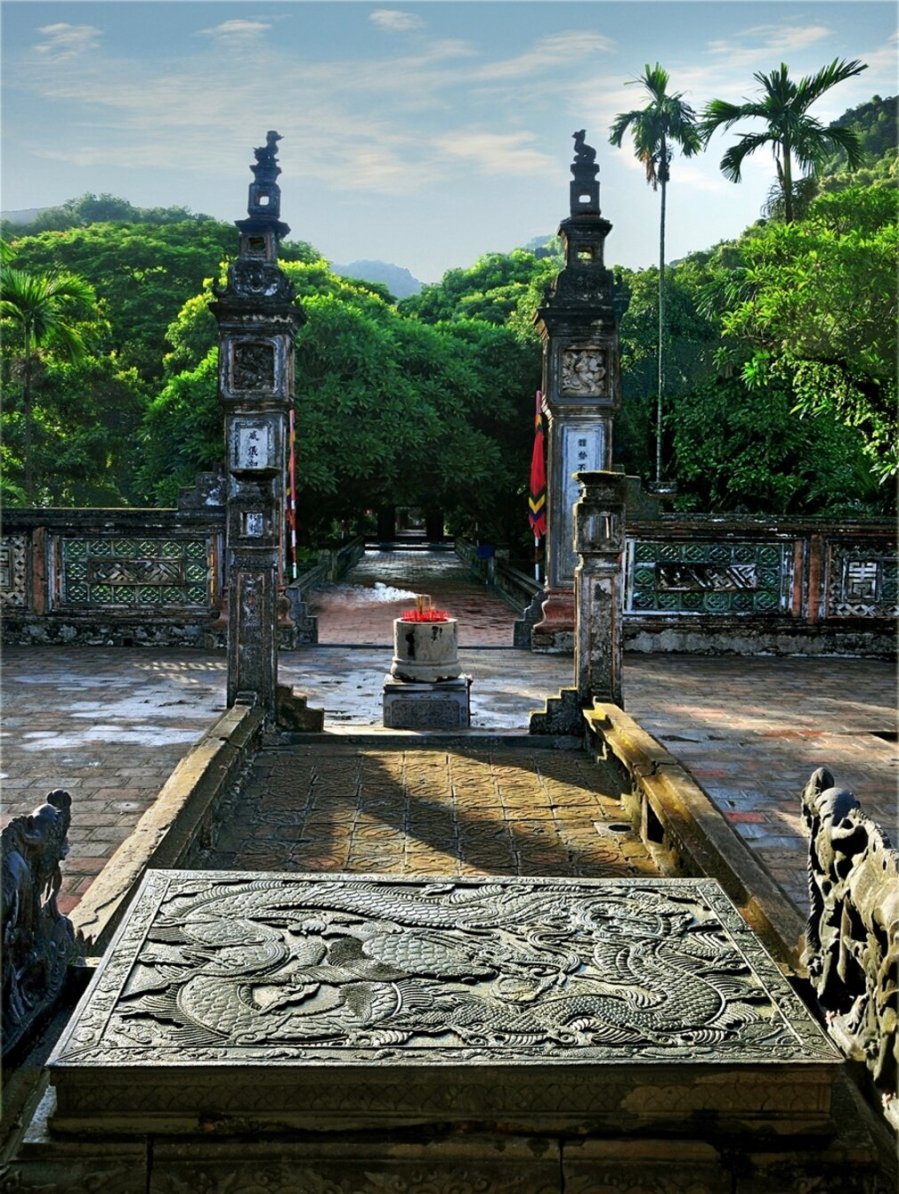
Conclusion
The mausoleum of King Dinh Tien Hoang on Ma Yen Mountain is not just a valuable historical relic but also a repository of enigmatic legends about a talented and resilient king. It is an ideal destination for those fascinated by history and eager to delve into the cultural and spiritual values of the nation. Take time to visit this place, absorb the beauty of nature, and immerse yourself in the stories of a glorious era in the history of Dai Co Viet.

























